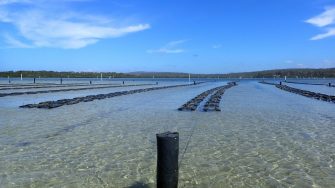Supporting increased aquaculture production through reduced harvest closures
An aquaculture project led by the UNSW Water Research Laboratory (WRL) is one of 23 projects to receive funding from the The Australian and NSW Governments to support recovery and resilience-building in primary industry sectors impacted by the February and March 2021 storm and flood events.

